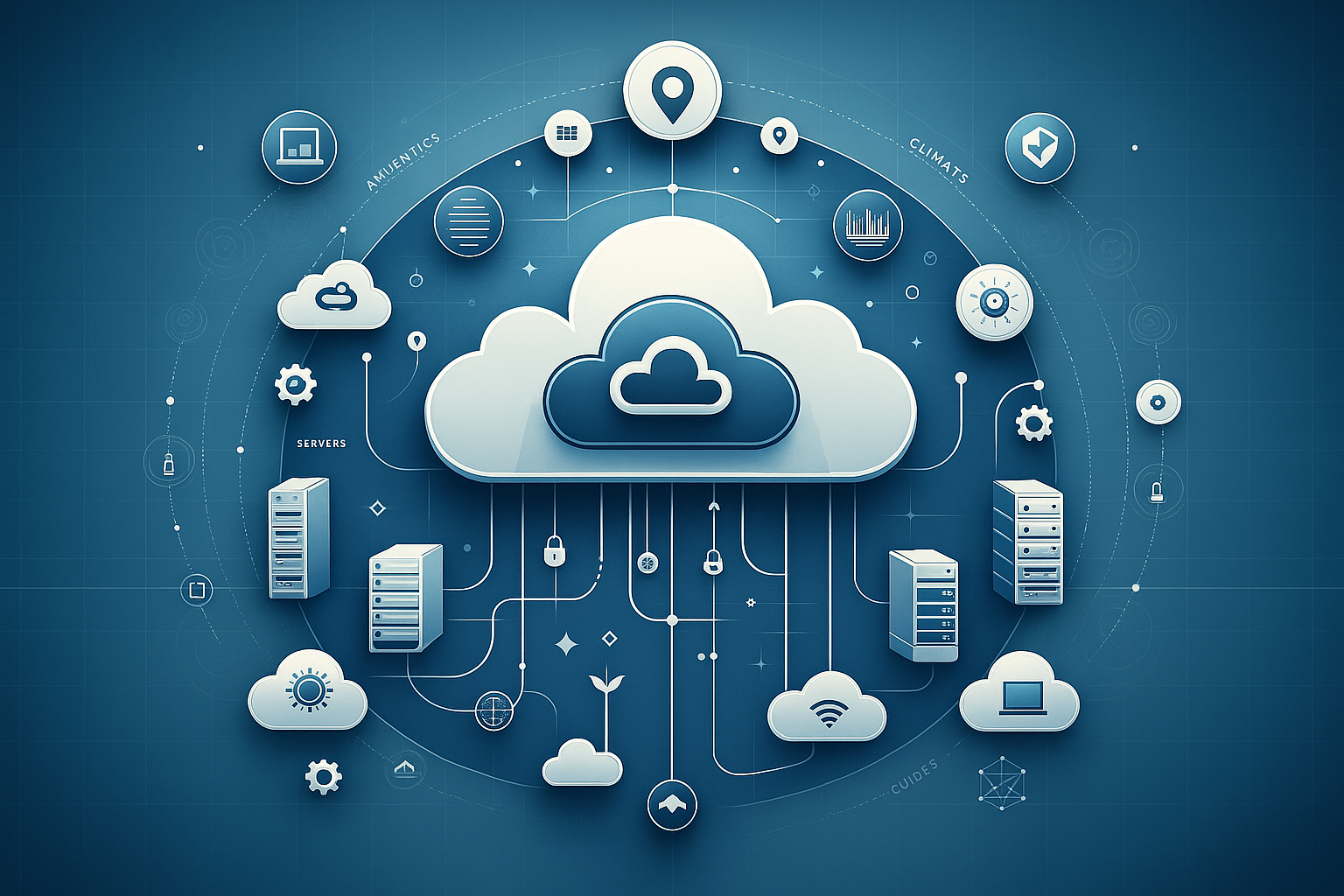 Loading Please Wait...
Loading Please Wait...
 Loading Please Wait...
Loading Please Wait...

The phrase “data is the new oil” has become almost cliché, but it’s true. In today’s digital economy, data powers nearly everything—from mobile apps and smart homes to industrial robots and healthcare systems. But here’s the challenge: as devices and applications generate massive amounts of data, traditional cloud computing models struggle to keep up.
Every time data must travel long distances to a central cloud server and back, it adds latency (delay), consumes bandwidth, and sometimes exposes security risks. That’s where edge computing comes in.
In simple terms, edge computing is about processing data closer to where it’s generated, rather than always sending it back to a faraway cloud or data center. By bringing computation to the “edge” of the network—near devices, sensors, and users—applications become faster, more efficient, and more reliable.
This blog provides a beginner-friendly deep dive into edge computing: what it is, how it works, why it matters, real-world applications, challenges, and its role in shaping the future of technology.
Edge computing is a distributed IT architecture that brings computation and data storage closer to the data source. Instead of relying solely on centralized cloud servers, edge computing uses local processing nodes—such as gateways, routers, or micro data centers—near devices and users.
Imagine ordering a pizza. With traditional cloud computing, your order would be sent to a kitchen thousands of miles away, cooked there, and then shipped back to you. With edge computing, the pizza is prepared in a local kitchen near your neighborhood, ensuring it’s delivered hot and fresh.
Edge computing shifts part of the computing process from the cloud core to the network edge. Here’s a simplified workflow:
Together, these models often work in hybrid systems, balancing performance, cost, and scalability.
1. Ultra-Low Latency
Crucial for applications like driverless cars or AR gaming, where milliseconds make the difference.
2. Reduced Bandwidth Costs
By filtering data locally, only relevant information travels to the cloud.
3. Enhanced Security
Keeping sensitive data local reduces risks of exposure in transit.
4. Greater Reliability
Even if the cloud connection fails, local edge devices can keep operations running.
5. Real-Time Insights
Businesses gain instant decision-making capabilities, improving responsiveness.
1. Infrastructure Investment
Deploying local edge servers or micro data centers can be expensive.
2. Complexity
Managing a distributed edge environment requires advanced tools and skills.
3. Security Risks at the Edge
While edge reduces exposure, local devices themselves can be vulnerable if not properly secured.
4. Interoperability
Different vendors’ devices and platforms must work together seamlessly, which isn’t always easy.
5. Limited Resources
Unlike massive cloud data centers, edge devices have smaller storage and processing capacities.
1. Autonomous Vehicles
Self-driving cars rely on sensors and cameras to make split-second decisions. Sending this data to the cloud and back would be too slow. Edge computing enables on-board processing for immediate responses.
2. Healthcare
Wearable devices and hospital equipment can monitor patient vitals in real time. Edge nodes analyze the data instantly and alert doctors to anomalies.
3. Retail
Smart shelves, personalized advertising displays, and in-store analytics use edge computing to respond instantly to customer behavior.
4. Manufacturing
Factories deploy IoT sensors on machines. Edge computing enables predictive maintenance, identifying potential failures before they cause downtime.
5. Smart Cities
Traffic lights, surveillance cameras, and public transport systems use edge computing to analyze local conditions and improve efficiency.
6. AR/VR Experiences
From gaming to virtual meetings, edge computing ensures smooth, immersive interactions without lag.
Consider a large supermarket chain. Each store has hundreds of IoT sensors monitoring inventory, temperature, and customer behavior.
The result: faster operations, lower costs, and better customer experience.
Edge computing isn’t here to replace cloud computing—it’s here to complement it. Together, cloud and edge form a powerful duo: the cloud provides scale and storage, while the edge ensures speed and responsiveness.
For businesses and individuals alike, edge computing represents a future where technology feels instant, immersive, and intelligent. Whether it’s saving lives in healthcare, powering autonomous vehicles, or creating smarter cities, edge computing is set to become a cornerstone of digital transformation.
For beginners, the key takeaway is simple: edge computing is about bringing computing power closer to where data is created. This shift is already redefining industries, and in the coming years, its impact will only grow.